Adirondack Nature Trails:
Adirondack Interpretive Center
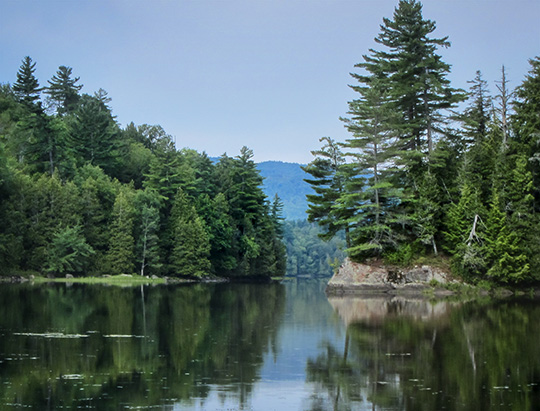
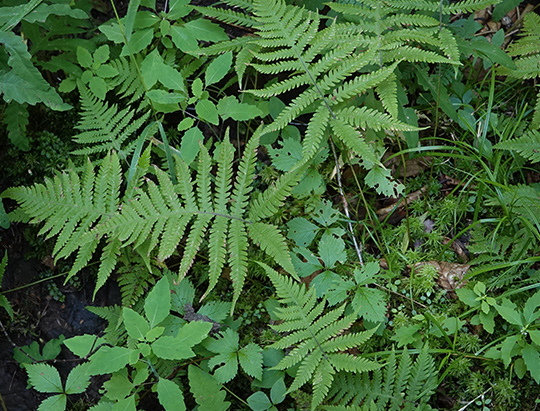
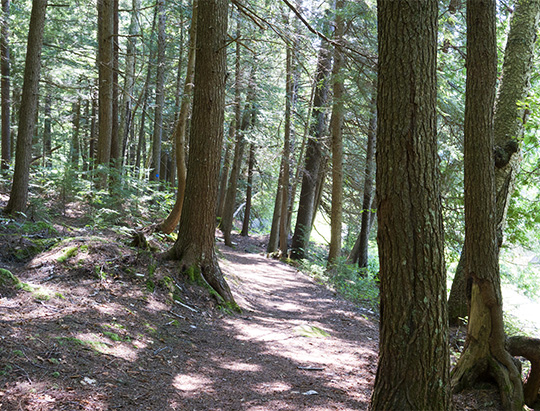
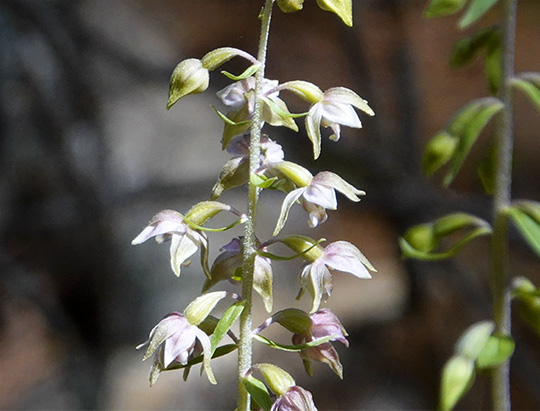
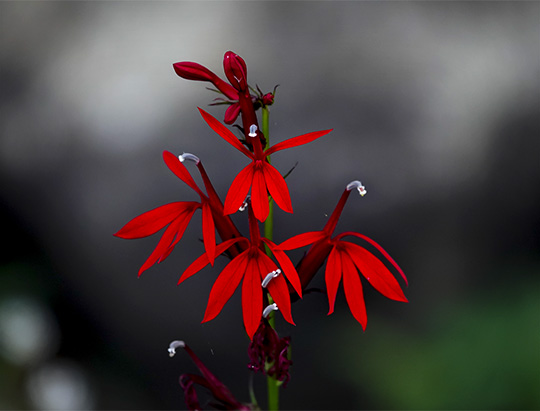
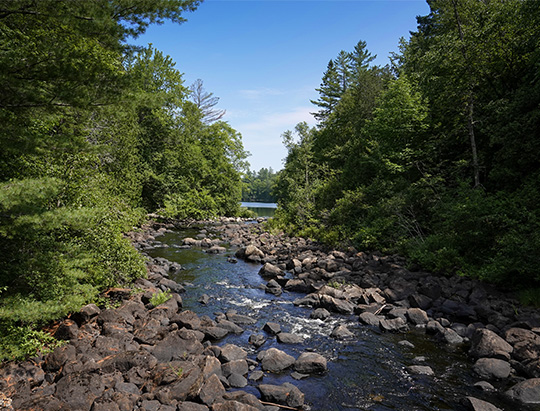
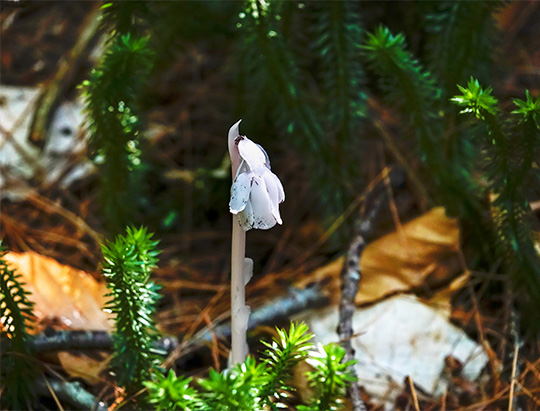
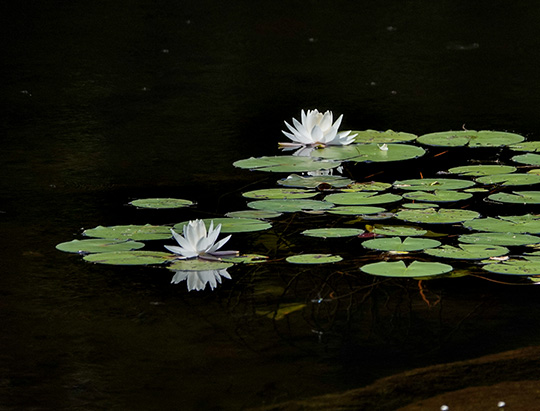
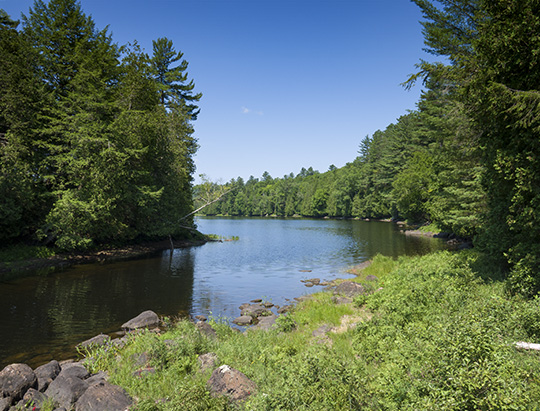
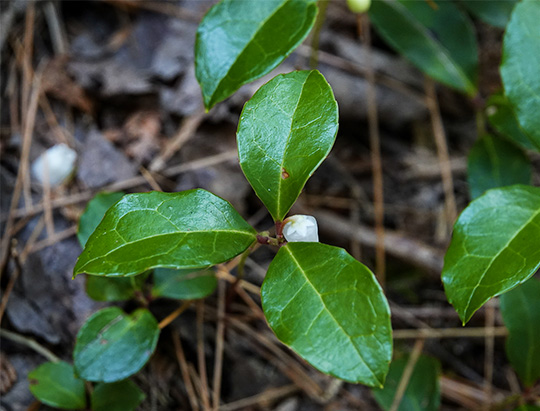
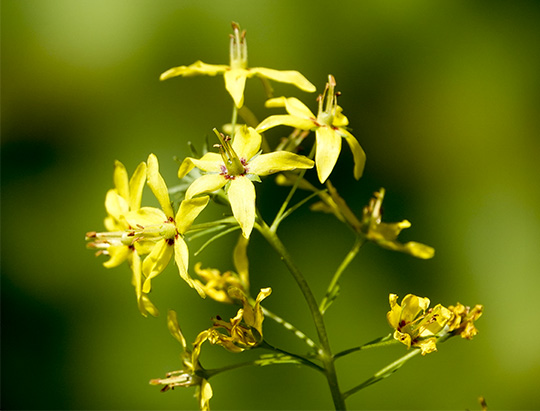
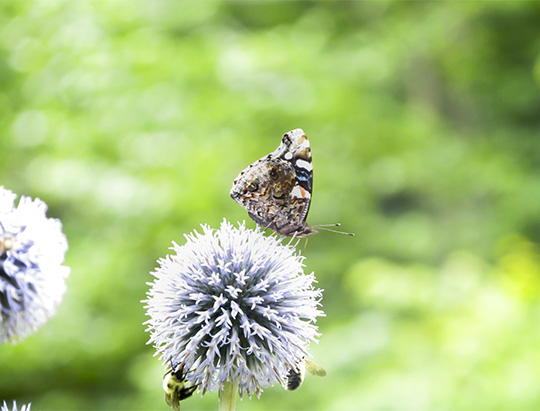
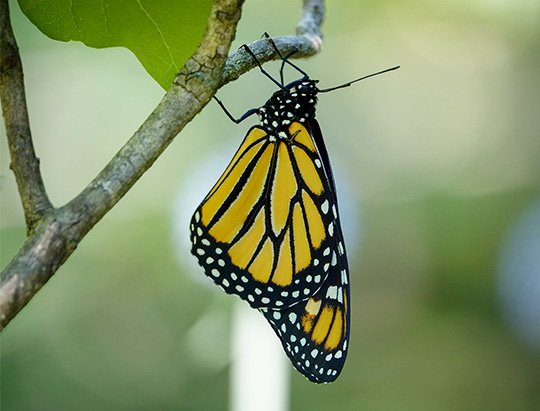
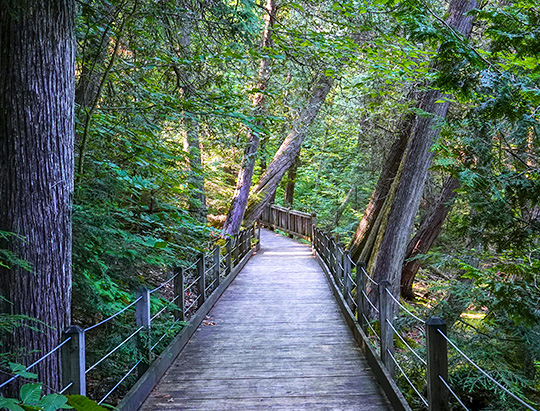


The Adirondack Interpretive Center in Newcomb offers 3.6 miles of interpretive nature trails and a variety of educational programs on Adirondack natural history.
- Like the Paul Smith's College VIC, the Adirondack Interpretive Center was originally a state-funded facility providing tourist information, educational programs, and exhibits for the public. The Center opened in 1990 and provided a wide range of public programs for two decades.
- In 2010, then Governor Gov. David Paterson included a proposal to close both visitor centers in his executive budget. The Paul Smiths visitor center was taken over by Paul Smith's College, and the Newcomb visitor center was transferred to the SUNY College of Environmental Science and Forestry.
- The Adirondack Interpretive Center has scaled back its educational programs and hours, but continues to offer excellent public programs, events, speaker series, courses and other activities throughout the year to the public as well as school groups.
The Adirondack Interpretive Center is located at 5922 State Route 28N, in Newcomb, New York. The Visitor Center building is generally open from 10 AM to 5 PM Wednesday through Sunday in the summer and Saturday and Sunday from 10 AM to 5 PM between Labor Day and 1 November. The building is closed in November and December. The trails are open daily from dawn to dusk.
Trail System Overview
There are four interpretive trails on the 236-acre property, which is located along the shoreline of Rich Lake and the Rich Lake Outlet.
- The easy-access Rich Lake Trail offers a boardwalk through a cedar swamp and lovely views of Rich Lake and Goodnow Mountain.
- The Peninsula Trail is a 0.9-mile loop which starts from the Rich Lake Trail, continuing farther up the peninsula with excellent views of Rich Lake.
- The Sucker Brook Trail is a 1.0-mile loop trail running along the outlet to Rich Lake. It provides access to several different terrestrial habitats.
- The R.W. Sage Jr. Memorial Trail is a 1.1-mile loop which starts from the Sucker Brook Trail after it crosses the Rich Lake Outlet. The trail features an easy walk along the shoreline of Belden Lake through a mixed forest of coniferous and deciduous
All four trails feature small, low-tech (but very informative) signs, covering plants and other natural features of the landscape. Also available as a useful reference before visiting is an online interactive map. There is also a small butterfly garden adjacent to the Visitor Center building, attracting both hummingbirds and butterflies.
Birds at the Adirondack Interpretive Center
Birds seen along the Adirondack Interpretive Center trails include:
American Goldfinch
American Robin
Belted Kingfisher
Black-and-white Warbler
Black-capped Chickadee
Black-throated Green Warbler
Blue Jay
Blue-headed Vireo
Brown Creeper
Canada Goose
Cedar Waxwing
Chipping Sparrow
Common Grackle
Common Loon
Common Raven
Common Yellowthroat
Dark-eyed Junco
Downy Woodpecker
Eastern Phoebe
Gray Catbird
Great Blue Heron
Great Horned Owl
Hairy Woodpecker
Hermit Thrush
Magnolia Warbler
Northern Flicker
Northern Parula
Northern Waterthrush
Ovenbird
Pileated Woodpecker
Pine Siskin
Purple Finch
Red-Breasted Nuthatch
Red-eyed Vireo
Ruby-crowned Kinglet
Ruby-throated Hummingbird
Ruffed Grouse
Song Sparrow
Swainson's Thrush
Swamp Sparrow
White-breasted Nuthatch
White-throated Sparrow
Winter Wren
Wood Duck
Yellow-bellied Sapsucker
Yellow-rumped Warbler
Wildflowers and Flowering Shrubs at the Adirondack Interpretive Center
Wildflowers and flowering shrubs seen along the Adirondack Interpretive Center trails include:
Bunchberry
Canada Mayflower
Cardinal Flower
Clintonia
Dewdrop
Dwarf Rattlesnake Plantain
Helleborine
Hobblebush
Indian Pipe
Painted Trillium
Partridgeberry
Pickerelweed
Purple Trillium
Starflower
Swamp Candles
White Turtlehead
White Water-lily
Wild Sarsaparilla
Wintergreen
Ferns and Fern Allies at the Adirondack Interpretive Center
Ferns and fern allies seen along the Adirondack Interpretive Center trails include:
Common Bristly Clubmoss
Common Polypody
Eastern Bracken Fern
Hay-scented Fern
Intermediate Wood Fern
Long Beech Fern
Marginal Wood Fern
Marsh Fern
Mountain Wood Fern
New York Fern
Northern Lady Fern
Oak Fern
Rattlesnake Fern
Royal Fern
Sensitive Fern
Shining Firmoss
Tree Clubmoss
Trail Map and Directions to the Adirondack Interpretive Center
- The plant list was generated from field notes and photographs from 2017 to 2021.
- The bird list was generated from eBird checklists submitted by the Adirondack Interpretive Center manager, an experienced birder.
